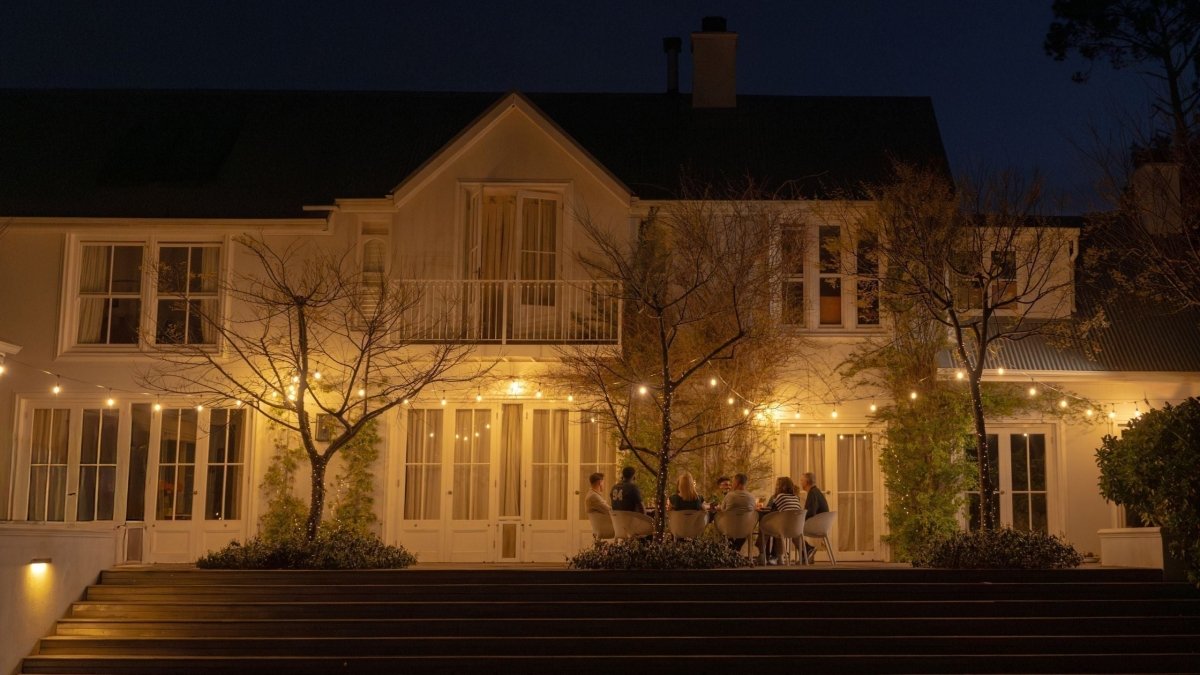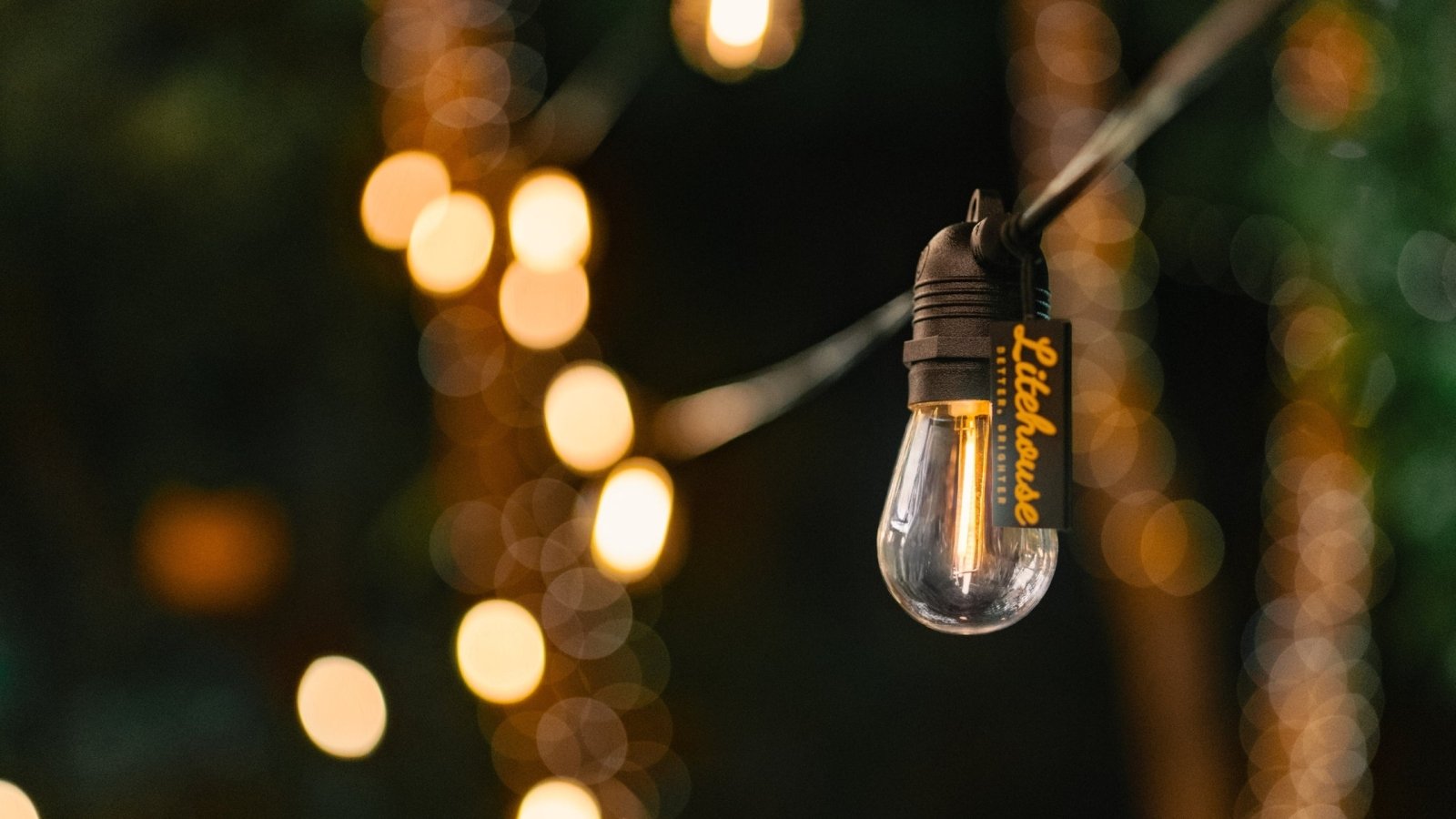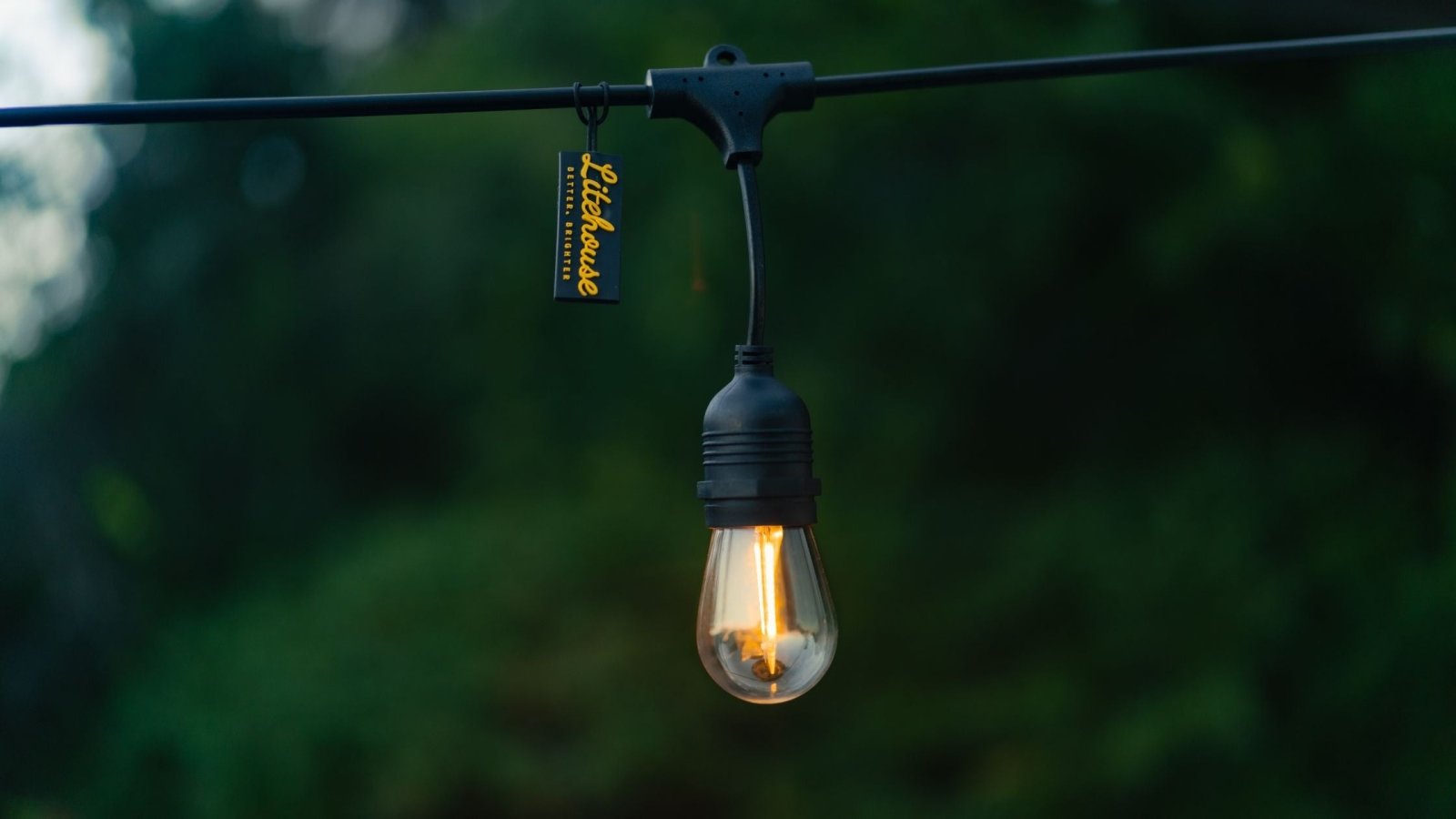Introduction
In a world where energy efficiency is increasingly important, the question of electricity consumption by decorative lights, especially fairy lights, is often a concern. Litehouse, as a leading provider of outdoor lighting solutions, delves into this topic to provide a clear understanding of the energy usage of fairy lights.
Understanding Fairy Lights
Fairy lights, with their enchanting glow, have become a popular choice for adding a magical touch to outdoor spaces. But how do these delightful little lights fare when it comes to electricity consumption?
The Energy Efficiency of Fairy Lights
Contrary to popular belief, modern fairy lights, particularly LED ones, are designed to be energy-efficient. Their small size does not equate to high electricity usage. In fact, LED fairy lights consume significantly less power compared to traditional incandescent bulbs.

LED vs Traditional Bulbs in Fairy Lights
The shift from traditional bulbs to LEDs in fairy lights isn't just a trend; it's a revolution in both energy efficiency and understanding how lighting works. LED fairy lights use a fraction of the electricity required by their traditional counterparts, making them both cost-effective and environmentally friendly. To put this in simple terms, let's consider the wattage of the bulbs.
Imagine light as water flowing through a pipe:
Traditional bulbs are like wide-open pipes, requiring a lot of energy (akin to water pressure) to push light through, resulting in high wattage and elevated electricity bills due to the significant energy loss.
LED bulbs, on the other hand, are akin to tiny, efficient nozzles. They expertly convert electricity into light with remarkable precision, utilising minimal energy for maximum brightness. This efficient use of energy means less is wasted, leading to lower wattage and, consequently, cost savings.
Now, focusing on the benefits of LED fairy lights:
- Cost Savings: These LED fairy lights consume 80-90% less energy than traditional bulbs. This translates into tangible savings on your electricity bills, especially noticeable during holiday seasons when lights are used more frequently.
- Environmental Impact: By opting for LED fairy lights, you're not just saving money; you're also taking a step towards sustainability. Lower energy consumption means a reduced carbon footprint, making these lights a choice that benefits both your wallet and the planet.
- Performance and Aesthetics: Gone are the days of dim fairy lights. Our LED lights are designed to be just as vibrant and appealing as traditional ones if not more. They offer brilliant illumination while boasting a longer lifespan, ensuring that your space remains brightly lit without frequent bulb replacements.

Fairy lights Product Showcase:
1. Litehouse Solar Outdoor LED Fairy Lights - Black String
2. Litehouse Solar Outdoor LED Fairy Lights - Copper Wire


3. Litehouse Solar Cracked Lantern Jar Decorative Outdoor Lighting - 2 Pack
Solar-Powered Fairy Lights: A Step Towards Sustainability
At Litehouse, we also offer solar-powered fairy lights, eliminating the need for electrical power and further reducing energy costs. These lights harness sunlight during the day to provide illumination at night, making them an ideal choice for outdoor lighting.
Assessing the Actual Electricity Usage
While fairy lights are energy-efficient, their total electricity consumption depends on factors like the number of bulbs, usage duration, and bulb type. Generally, LED fairy lights are more economical in the long run due to their lower power requirements and longer lifespan.
Customising Fairy Light Usage for Efficiency
To optimise energy usage, consider factors such as the number of strings used, the settings, and the operational hours. Litehouse’s fairy lights come with customisable settings that allow for efficient use without compromising on aesthetics.
Comparing Fairy Lights with Other Lighting Options
When compared to other outdoor lighting solutions, fairy lights stand out as a low-energy option. They provide sufficient illumination for decorative purposes while keeping energy consumption to a minimum.
Making the Right Choice with Litehouse
Choosing the right type of fairy lights is crucial for energy efficiency. Litehouse offers a range of LED and solar-powered fairy lights, designed to enhance outdoor spaces with minimal impact on your electricity bill.

Conclusion
Fairy lights, particularly those with LED bulbs or solar-powered options, do not consume a lot of electricity. They offer an energy-efficient way to beautify outdoor spaces, making them a smart choice for those looking to add a touch of magic without increasing energy costs. With Litehouse’s range of fairy lights, you can enjoy a dazzling outdoor ambiance while being mindful of energy consumption.
Frequently asked questions about Fairy Lights and Energy Usage
Do fairy lights increase the electricity bill significantly?
No, especially when using LED or solar-powered options, fairy lights have minimal impact on electricity bills.
Are solar-powered fairy lights less bright than electric ones?
Solar-powered fairy lights provide ample brightness, with the added benefit of being eco-friendly and cost-effective.
How many hours can LED fairy lights be used daily without consuming excessive electricity?
Typically, LED fairy lights can be used for several hours each night without significantly impacting electricity consumption due to their low power usage.
Is there a difference in electricity usage between coloured and white fairy lights?
The electricity usage between coloured and white fairy lights is generally similar, especially in LED variants, as the colour of the light usually does not affect energy consumption.
Can the length of the fairy light string affect electricity usage?
Yes, longer strings with more LEDs will consume more electricity, but due to the efficiency of LEDs, the increase in consumption is still relatively low.
Are battery-operated fairy lights more energy-efficient than plug-in types?
Battery-operated fairy lights can be more energy-efficient as they typically use lower voltage; however, they may require frequent battery changes or recharging.














Leave a comment
All comments are moderated before being published.
This site is protected by hCaptcha and the hCaptcha Privacy Policy and Terms of Service apply.